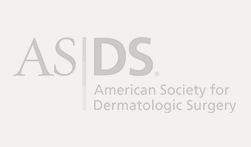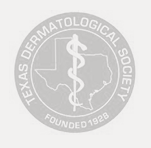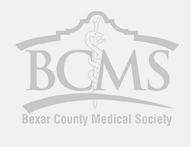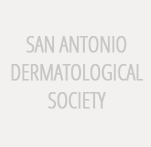Skin Cell Turnover
Skin care professionals talk about skin cell turnover as if it is the key to the fountain of youth, the holy grail of clear, smooth skin because it pretty much is. Not only does skin look and feel healthy, but also it actually is healthy.
Skin cell turnover is the continuous cycle of dead skin cells being pushed to the surface by new, healthy cells.
When cells are able to quickly shed from the surface (desquamation), fresh, healthy skin cells are quickly revealed. With rapid cell turnover, skin heals quickly, absorbs topically applied products quickly and evenly, appears vibrant, smooth, clear and healthy. An example is the bouncy, smooth skin of children. Small children have a cell renewal rate of less than a week. We almost can watch their skin heal before our eyes!
Cell turnover slows more and more as we age. The general rates of cell turnover:
Teens: 10-21 days
20’s: 14 – 21 days
30’s: 28 – 45 days
40’s: 45 – 60 days
50’s+: 60 – 90+ (Ugh)
Dead cells build up quickly when cell turnover slows (think of a pile of dead leaves at the end of Autumn). When dead cells build up, wound healing is delayed, products are not efficiently or evenly absorbed, skin’s appearance is dull, lackluster and wrinkled.
In acne prone skin, cell turnover also is sluggish. Dead cells quickly build up, preventing the natural excretion of sebum and bacteria. Dead skin cells become sticky with sebum, blocking and filling pores, much like a cork in a bottle. RESULT: Pimples form, and pores become enlarged.
Boosting Cell Turnover
- Retinoids + Retinols unglue dead skin from healthy new skin, easing the shedding process for sluggish skin. Retinoids penetrate deeply enough to stimulate collagen and elastin fibers. They also work as anchors to other products, driving them more deeply into skin than they otherwise are able, and retinoids keep the dermis thick and spongy. (The dermis is the support structure for the epidermis. Without the help of retinoids, the dermis may become flattened and slick, resulting in visible crepiness on the surface.)
- For acne prone skin, various acids help reduce breakouts by killing acne causing bacteria, cleaning cell walls and follicles, and softening clogged/impacted pores. Acids generally recommended for acne prone skin:
Salicylic Acid (SA) is the only lipophilic acid (oil dissolving). SA also is antibacterial and anti-inflammatory.
Azelaic Acid is antibacterial and brightening. It works very well with SA to reduce breakouts and lighten acne marks (PIH, PIE).
Mandelic Acid is a gentle choice for patients who cannot tolerate SA.
NEVER is physical/mechanical exfoliation (scrubs) recommended for active acne breakouts. Consider each pimple as a localized infection. Physical exfoliants can spread acne causing bacteria to other pores, perpetuating acne breakouts.
- Chemical Peels – regularly + professionally.
- DiamondGlow – 3-in-1 treatment providing controlled exfoliation, thorough extractions and deep infusion of nutrients.
- Dermaplaning – regularly + professionally. With a dull scalpel and a steady hand, vellus hair and the dead skin layer is meticulously removed.
P.S. Healthy cell turnover also increases the longevity of dermal fillers.











